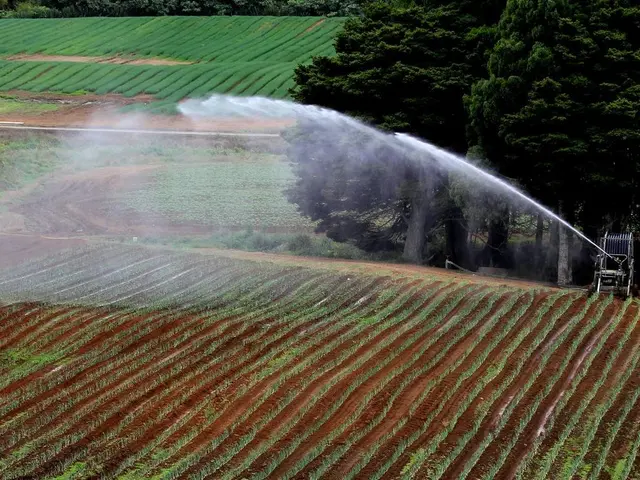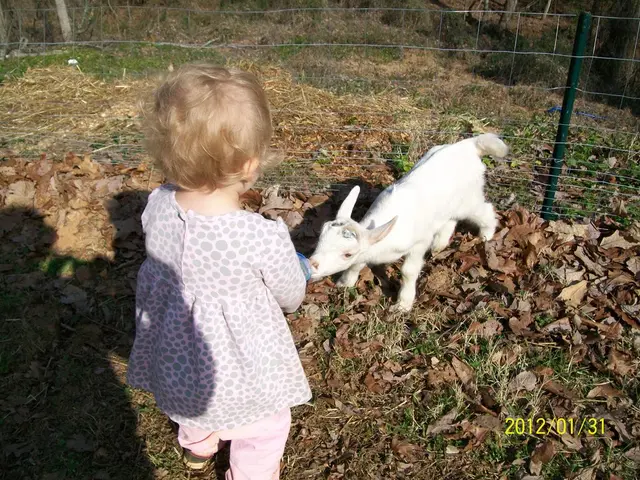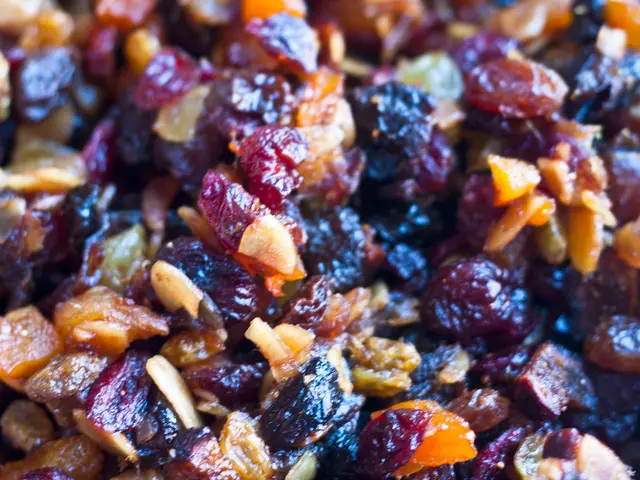Protect your vegetable plants from adverse weather conditions.
In the whimsical world of British weather, growing summer crops can be a rollercoaster ride with its share of late frosts, heavy downpours, and sun-drenched afternoons that leave you longing for the rain. If you reside in a frosty, exposed corner or the colder north, gardening can be a real challenge. But don't let that dampen your spirits! There's a world of delicious, hearty fruits and vegetables out there waiting to be harvested, right in your backyard.
Here's the skinny on growing 10 summer crops that can flourish in our unpredictable climate, regardless of its mood swings.
Brassicas
Cabbage, cauliflower, and kale should be planted snugly into shallow trenches, offering a layer of protection against wind rock as they establish roots. And if spring decides to hold on to its chill, don't forget to cover them with fleece cloches.
Carrots
Just remember, patience is a virtue when it comes to carrots. Sow them straight into the ground once the soil hits 10°C. Dealing with a chilly spring? Warm the ground up with a layer of black polythene or cloches. Grow early carrots and salad varieties in raised beds for a faster spring start.
Courgettes
The unsung heroes of the patio garden, courgettes deserve their moment in the sun! Plant them out in late May, under the cozy confines of polythene hoops. Tuck them in until July or August before sending them out into the world to spread their green-gold glory. 'Best of British' courgettes do especially well in dull summers; their open growth pattern invites the sun to shine right on their tender, developing fruit.
Cucamelon
This adorable cucumber look-alike is easy to grow and packs a punch in the yield department. Groove on growing it in a humid, greenhouse-heated environment, and watch it snake its little tendrils along strings and other support structures.
French Beans
Here's a pro tip: cover the soil to warm it, then plant out under cloches or fleece tunnels until all frost and cold winds have vanished – generally in June. Dwarf beans are easier to protect than their climbing counterparts, so they're worth a try for those chilly, exposed spots in the garden.
Melons and Squash
Absolute sun worshippers, these power couples are best sculpted in a sunny cold frame. Once your spring-bloomers and tender bedding have hardened off, fill the cold frame with manure and give short-season melons like 'Sweet Granite' or squash a loving place to grow.
Potatoes
Warm the soil with a covering, then plant your chitted potatoes once the soil reaches the perfect 10°C. Maincrop potatoes, which need to stay in the ground for extended periods, can be a gamble in the British climate, so it's recommended to opt for early or second-early varieties instead.
Runner Beans
Sow runner beans under cover before hardening them off in a cold frame. Once they've reached about 20cm in height, you can transplant them into the shelter of a warm south- or west-facing wall.
Sweetcorn
Not-so-secret weapons for cooler areas, sweetcorn plants are best planted into warmed soil, under the protection of cloches or fleece tunnels. Whip off the covers during summer, allowing nature to give their ears a good polishing by the wind. 'Northern Extra Sweet' is a favored variety for cooler areas.
Tomatoes
If the chill is still lingering in your region, growing tomatoes in a greenhouse is a smart move, especially one set to a cozy 15°C. As the trusses form, prune the lowest leaves, ensuring the fruits bask in the maximum sunlight.
- For carrots, sow them into the ground once the soil warms to 10°C; if spring is chilly, warm the ground with a layer of black polythene or cloches, and grow them in raised beds for a faster start.
- In colder, exposed areas, opt for early or second-early varieties of potatoes instead of maincrop, as they need less time in the ground and are better adapted to the British climate.







